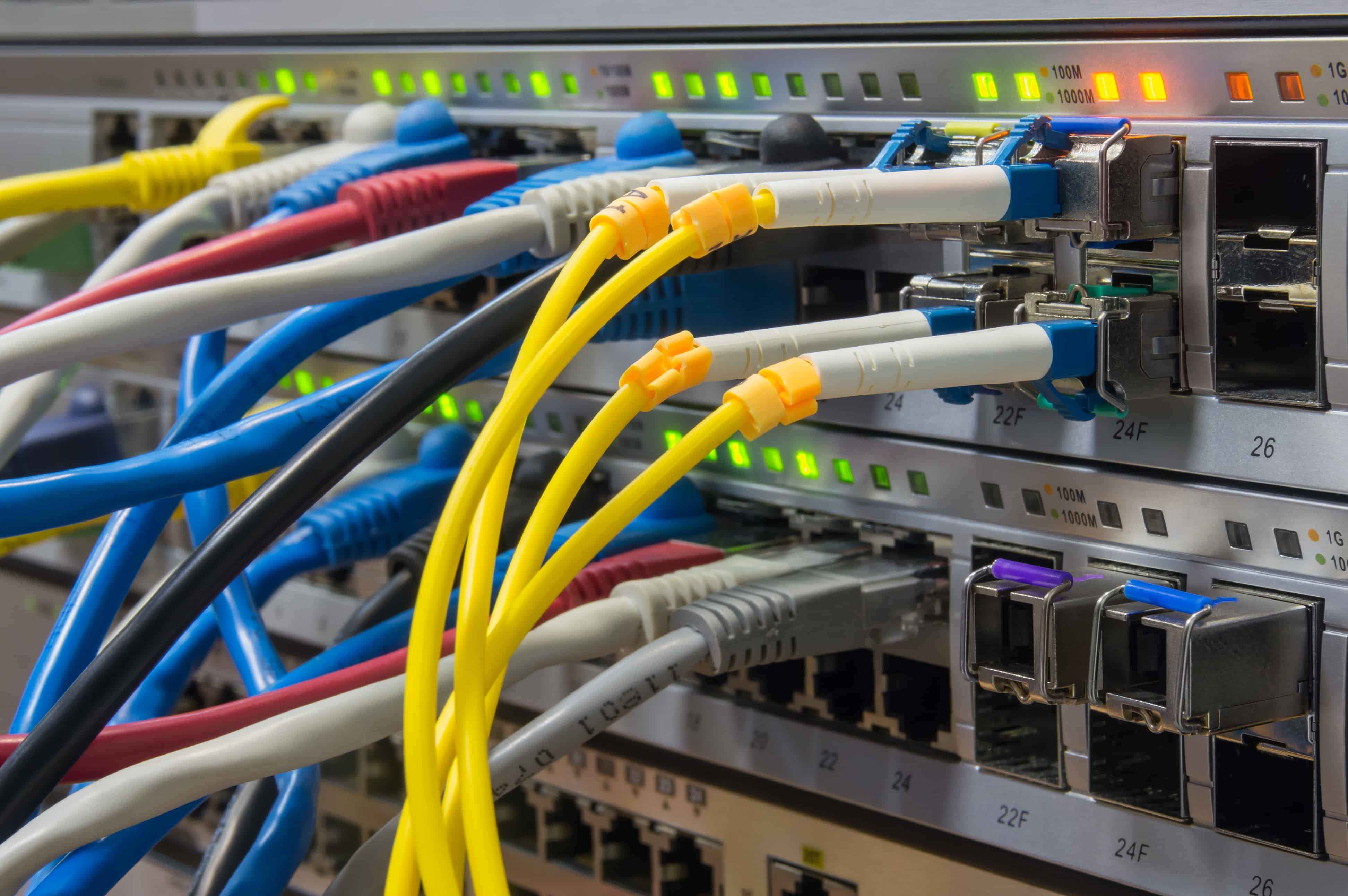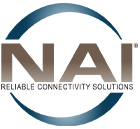
23 Apr Tips on Selecting the Right Patch Cords
Patch cords are very common, and often mistakenly thought of as commodity items. However, the technical features of a patch cord play a significant role in the transmission of data signals. This is especially important in mission-critical applications.
Definition of a Patch Cord
A patch cord is a predefined length of cable with a connector at each end. It’s used to connect one network device to another network device. For example, to connect a switch port or a server to the structured cabling system.
A patch cord can utilize a copper cable that has a RJ45, TERA, or GG45 connector on both ends. Note, however, that there are hybrid versions that have different types of connectors on the ends. Copper patch cords can be shielded or unshielded, as the conditions for their use require.
Fiber optic patch cords are typically called fiber jumpers, and are either standard jumpers or mode conditioning jumpers.
Common Uses of Patch Cord
One of the most popular uses of patch cords is to connect a laptop, desktop computer, or other end device to a wall outlet.
In a Data Center, patch cords are used to hook up equipment in one rack or enclosure to equipment on another shelf of the same rack, or to equipment on a different rack or enclosure. Their use is ubiquitous in a data center, and critical to optimizing the performance of the equipment and the network.
In computer networks, patch cords are also heavily used in telco closets, often located on each floor of a commercial building.
In telecommunications applications, patch cords are used to connect switches in Central Offices, co-location centers, and even for making OSP (outside plant) connections.
Potential Problems with Patch Cords
Copper patch cords, like any cable, have various vulnerabilities. Bit error rates can wreak havoc on transmissions,
- slowing down computer operations,
- preventing signal transmission, or even
- altering data signals.
While there are various electrical measurements that can indicate the occurrence of bit errors, the generally accepted measure is RL (Return Loss).
In addition, signal egress can be problematic when signals “leak” and weaken the transmission. Signal ingress is also a problem, as RFI (radio frequency interference) and/or EMI (electromagnetic interference) can interfere with the transmitted signal and similarly weaken the the transmission by causing an increase in bit error rates. These alarming conditions can occur anywhere along the path of patch cords or at the connector ends. Therefore, the quality of both the cable and connectors used in patch cord assembly, as well as the assembly process itself, are critical to its operation and the integrity of the signal.
Fiber optic patch cords have other issues with which to contend:
- Broken fibers due to excessive physical stress or bending
- Insufficient transmitting power
- Excessive signal loss due to a cable span that is too long
- A contaminated or faulty connector
- Faulty splices
Users can prevent some of these problems by buying patch cords from a reliable assembly manufacturer. A good manufacturer will use good quality components, and perform splicing under optimal factory conditions (not in the field), and fully test the fiber patch cords.
Patch Cord Design
There are two factors to be concerned with when selecting a patch cord:
1) Performance Characteristics of Patch Cord Fiber
Be sure to specify a cable and connector design that will optimize the signal transmission in the application for which it will be used. If there is a lot of “noise” (EMI/RFI) in the environment, you may need to use a shielded copper cable. A quality assembly operation, one with expert engineering capabilities, can help you design the exact type of shielding you need.
Stringent testing during the various steps in the assembly process can assure fiber optic patch cord performance. These tests should cover:
- Insertion/Return Loss (IL/RL)
- attenuation
- geometry (including concentricity and light continuity)
- an end face inspection after polishing the fiber ends
2) Physical Characteristics Patch Cord Fiber
The physical construction of the cable and connector must be able to withstand the conditions and stresses of the environment, such as:
- excessive heat or cold
- moisture and humidity
- foot traffic
- production scrap material
- oil and other fluids
Both physical and performance characteristics are important and can affect each other. As such, they can also create a trade-off situation where you need to arrive at a compromise to balance the design and optimize performance of the patch cord. A reliable assembly manufacturer with strong engineering capabilities can assist you in arriving at the optimal design for your application.
Testing Patch Cords
All cabling channels in a structured cabling system are tested. It is called a “channel test” if patch cords are included; a “permanent link test” otherwise. Patch cord testing requires special connectors. Patch cords should not be tested using other test methods.
Many manufacturers who perform the required testing on EIA/TIA Category cables or patch cords, which will eventually be installed in a structured cabling system, may meet or exceed the required performance parameters in the factory. However, once the patch cords are installed in the field, the excessive handling can damage the patch cord and affect its performance to a point where it does not pass the field test requirements. Therefore, selecting a good quality assembly operation with a strict Quality Management System is imperative to obtaining quality patch cords that will maintain the factory tested performance characteristics when tested again in the field.
By: Jason Porter
VP Engineering & Continuous Improvement
NAI

